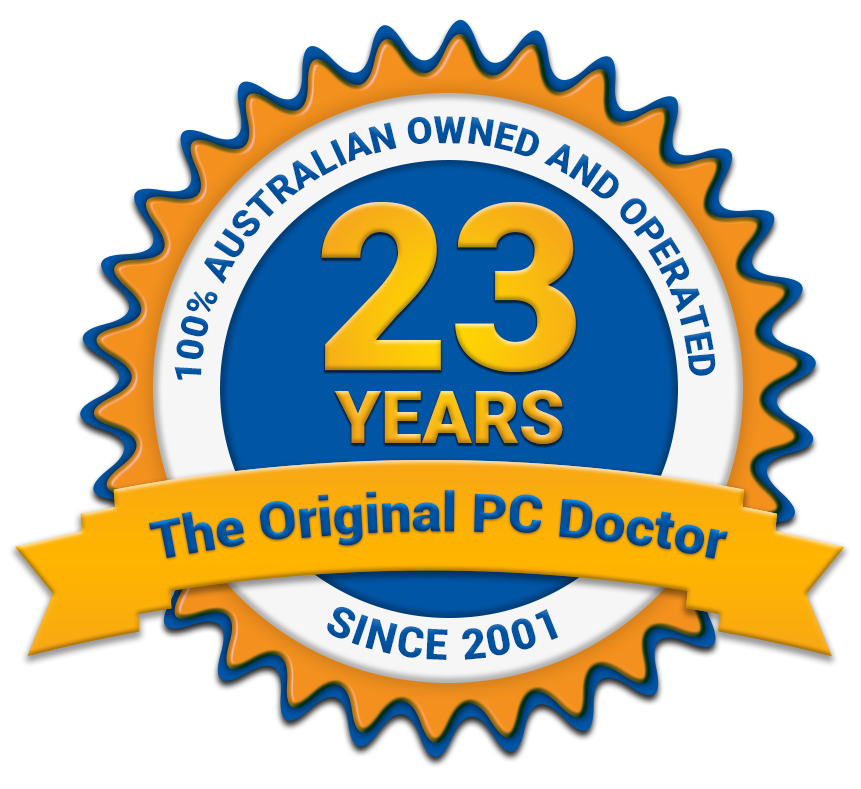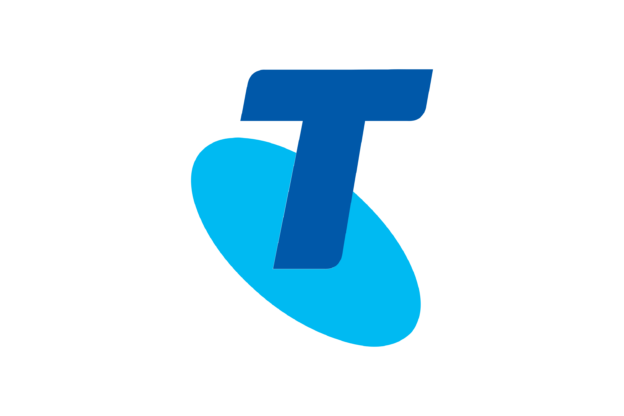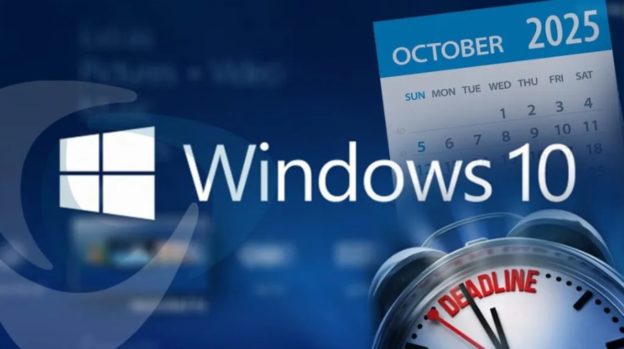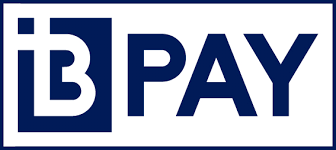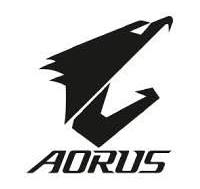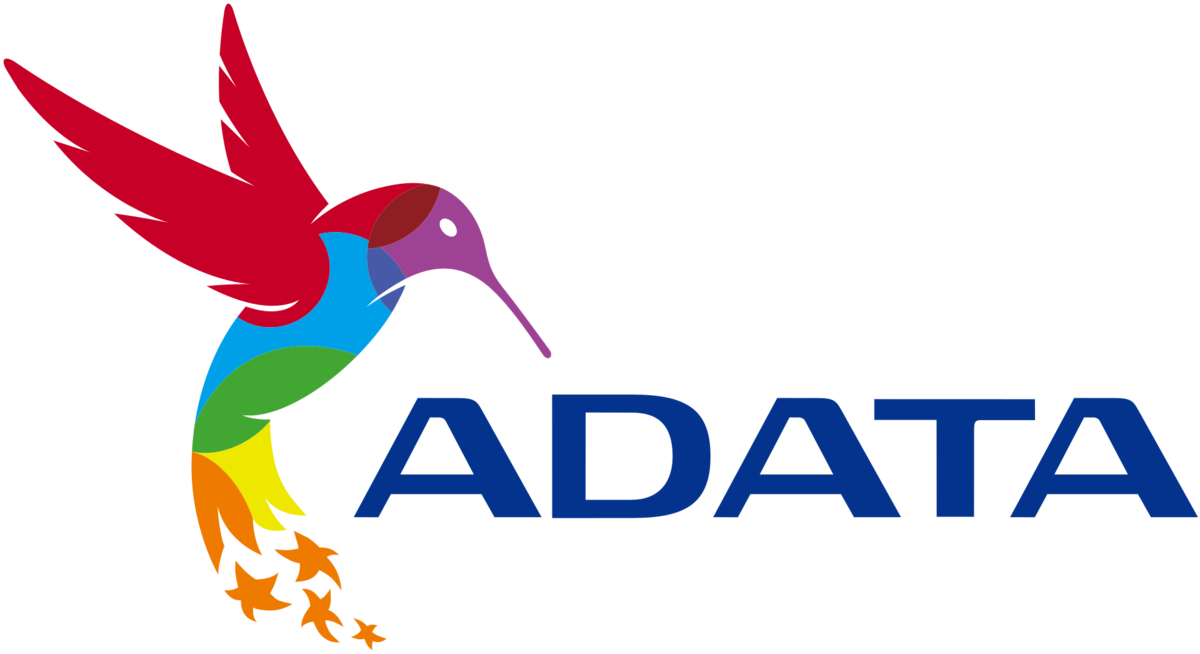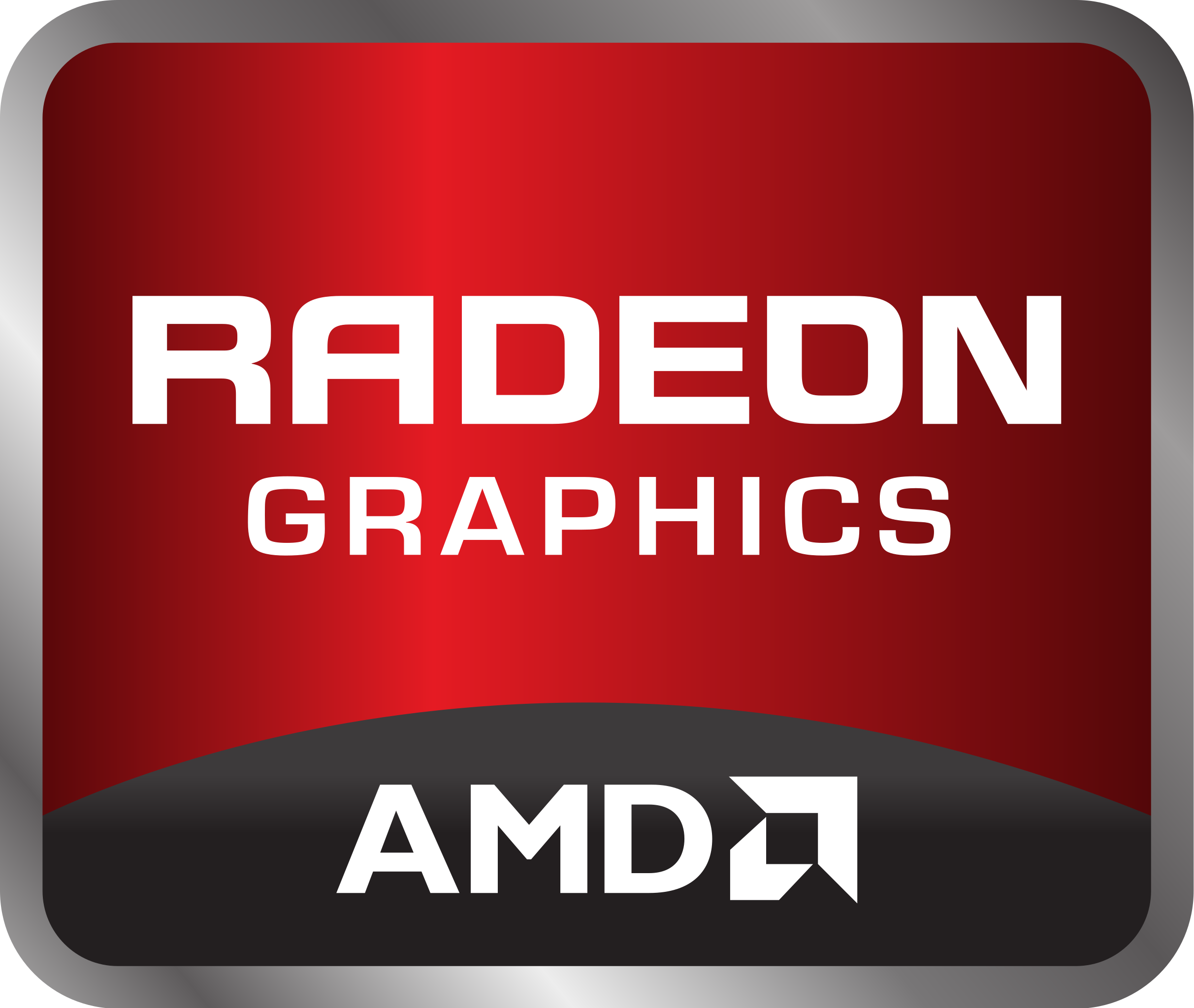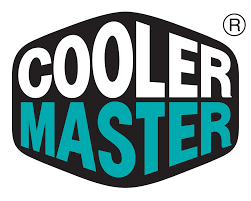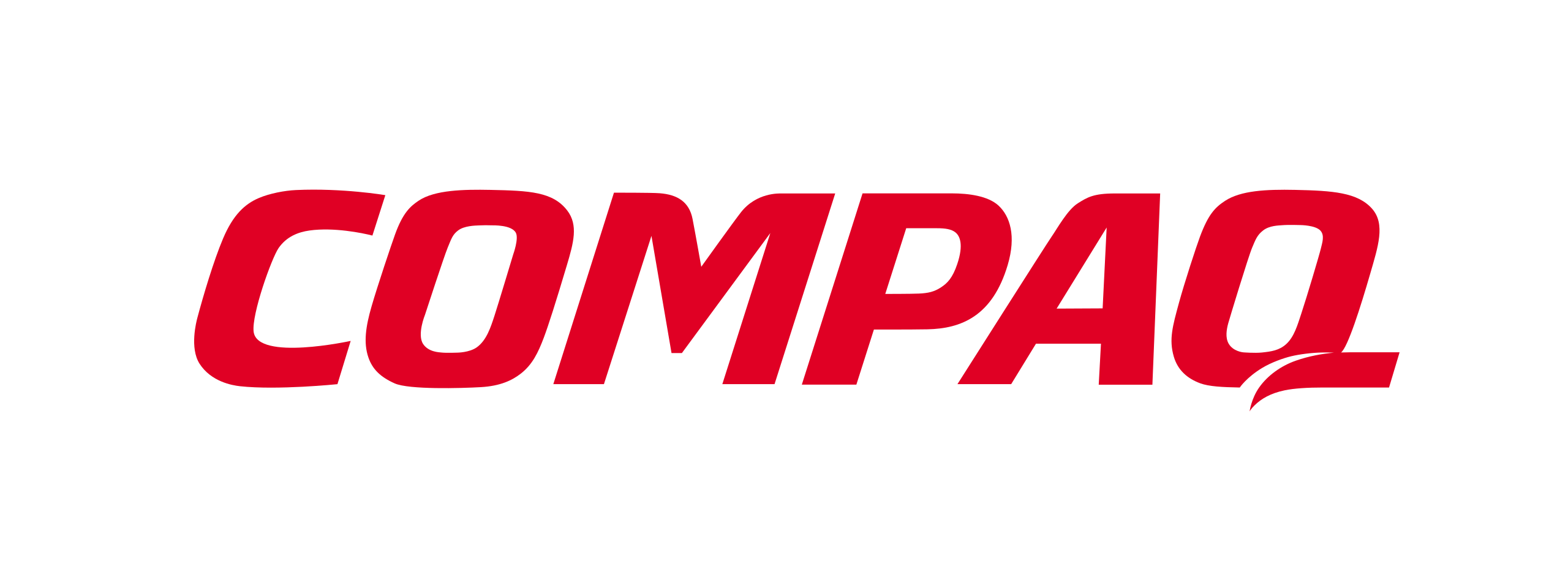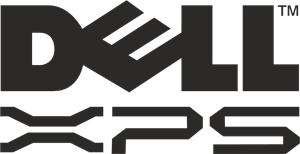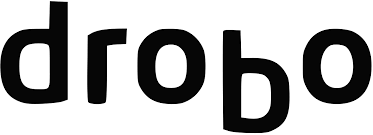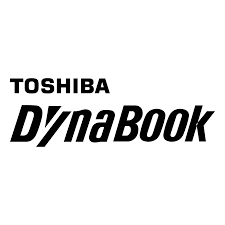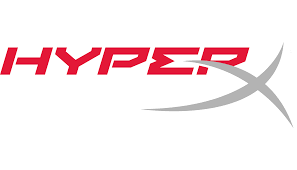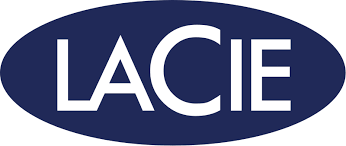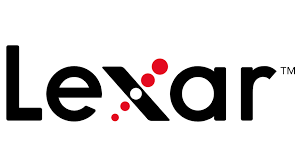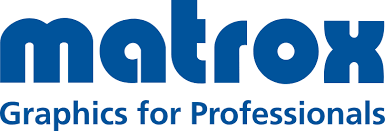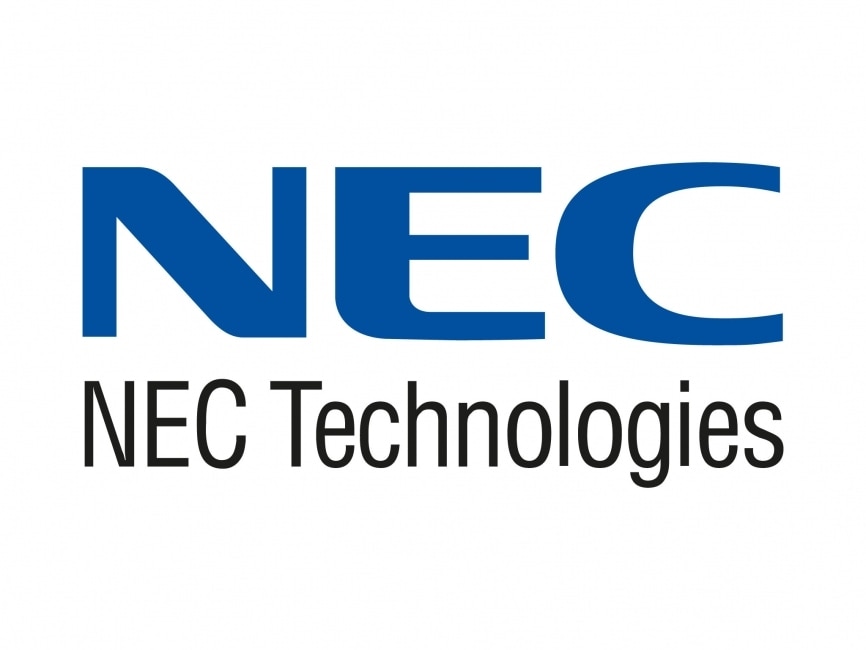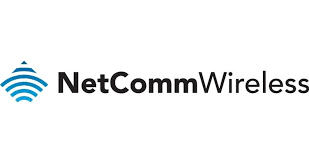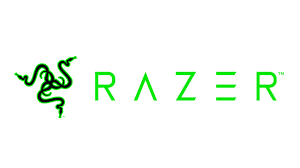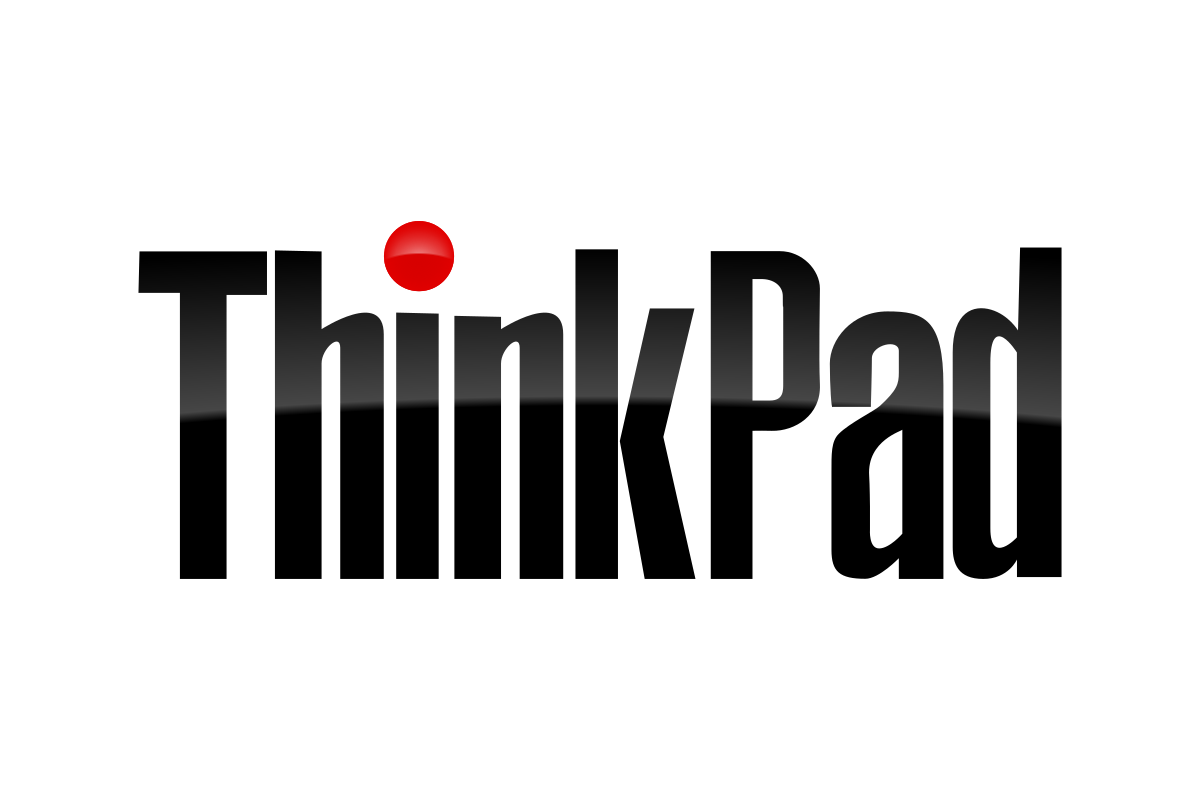Advantages and Disadvantages of RAID Systems
RAID, or Redundant Array of Independent Disks, is a technology that makes data storage more reliable and increases the performance of a computer. It was first developed in 1987 by David Patterson, Randy Katz, and Garth Gibson. It was ultimately developed as an additional source of storage in order to protect your data as well as increase user capabilities and speed. In an environment where we have access to information 24/7 at the tip of our fingers, businesses have had to ask themselves whether utilizing RAID would be a good idea and which RAID system would best suit their needs.
RAID is a process where identical data is kept on different hard disks in order to protect it from damage or loss. This process also increases performance. There are many different RAID systems available, and the one that will work best with your system will be determined by what you require it to do. For example, RAID 0 is great if you only require your system to increase the speed of your system, but you aren’t as concerned about protecting your data. RAID 10 is perfect for increased speed and data redundancy. It does, however, come at a much higher cost.
There are two different systems that implement RAID. Hardware RAID is directly controlled by a hardware controller which the disks are connected to. On-board processors relieve the strain on the host CPU; they control the RAID calculations. Since CPUs have increased so much in their processing power, this form of RAID is essentially obsolete as it makes little difference. However, it does add an extra layer of security by providing a Battery Backup Unit (BBU) in case the system loses power unexpectedly or is damaged in any way.
Software RAID is more common today. It is incorporated in the Operating System and doesn’t require any additional hardware and is, therefore, more cost-effective. It makes use of local disks within the computer, but since it uses the power of the host system, it is less reliable than hardware RAID.
RAID 0 (disk stripping)
This form of RAID requires a minimum of two disks. It splits data across the disks – the number of disks depends on how many are incorporated – and the data is then read by an individual file. This is a faster system of RAID, but it does not prioritize the security of your data. It does not duplicate the data but merely creates a more streamlined system for the data to be read and transformed. The disks are also connected on a single partition, so if one of the disks fails, then they all do. This offers the best performance but no fault tolerance for your data.
Pros: it is incredibly quick, and offers the best performance capabilities.
Cons: it offers no security or protection for your data as it does not duplicate it. If your system fails, then you lose your data.
It is best used in live streams, IPTV, and VOD Edge Servers.
RAID 1 (Disk mirroring)
RAID 1 offers a system that protects your data security more than RAID 0. It is referred to as disk mirroring as the process reads and writes data from identical drives. Its main function is to protect the data it holds, and if one of the disks within the system fails, then the data is still accessible. It is best used in business environments that require their data to be protected. In a situation where a disk has failed, then the data will be copied over onto the new disk once it has been replaced to keep protecting the data. It is more expensive as more disks are required to keep the system running. It requires a minimum of 2 disks, but the user can include as many disks as they require.
Pros: Your data is protected and mirrored so that if something goes wrong, you will still have access to it.
Cons: it is slower and does cost more as double the amount of drives is required.
It is best used in business environments that require their data to be protected above all else – for example, photographers.
RAID 5 (Striping with Parity):
This version of RAID is a faster system that still protects your data. It takes smaller bits of your data that can still accurately describe the bigger forms of that data – these are called parity’s – and it stores them in back up disks. These parties are used to restore your data in an instance where there was damage to your disks, and the original data was lost. It makes use of one-third of the storage space to store parities. It can make up lost data using blocks of parities and the remaining distributed data. It requires three disks, but it is recommended that at least five are used. It is often considered a poor choice for write-intensive systems as the performance is compromised and, therefore, slower.
Pros: it is a faster system that still ensures the protection of your data compared to RAID 1.
Cons: it has a lower performance with larger servers due to a large number of parties that will need to be stored.
It is best used in file storage and application servers.
RAID 6 (Striping with double parity):
This system is similar to the RAID 5 system, except it adds an extra layer of protection. It is even more reliable and protects your data even if two disks fail simultaneously. It takes these parities (the smaller bits of data that accurately represent the larger bits of data) and doubles them onto separate disks in order to ensure that your data is as protected as possible within this system. It requires a minimum of 4 disks. It is slightly pricier and also slower as it requires double the work.
Pros: data is even more protected under this system – a higher data redundancy -, and it has an increased read performance.
Cons: it has a lower performance for servers that write large quantities of data and is more expensive due to the extra disks required.
It is best used for servers that store large files full of data that needs to be protected. It is largely preferred over RAID 5.
RAID 10 (Stripping & Mirroring):
RAID 10 makes use of the effective performance of RAID 0 and the protection of data that RAID 1 has to offer. It is the combination of RAID 1 and RAID 0. The data is striped and mirrored on multiple disks, so your data is ultimately still protected while you get the benefits of fast performance. It is a more expensive system and requires a minimum of 4 disks. If something does go wrong with one disk, then the rebuild is extremely quick, and a new drive of 1 TB can take as little as 30 minutes to build.
Pros: It offers extremely increased capabilities while still ensuring the protection of your data. Drives can be rebuilt far quicker in the case that your data is damaged.
Cons: It requires more disks, and is a more expensive option and has limited scalability.
It is best used in systems that require a large read and write operations such as large databases.
These are just examples of 5 RAID systems. There are lots more available such as RAID 7, which is a non-standard RAID-based off of RAID 3 and RAID 4 and adds caching into the mix as well to increase the performance of the CPU. Other RAID systems are RAID 50, which, similar to RAID 10, is based on two systems. Namely, RAID 5 and RAID 0. RAID 50 is a faster system that still ensures the protection of your data by incorporating these two RAIDs together. Each system varies in cost, the number of disks required, and their performance. The most commonly used ones have been discussed in this article.
In Summary
Ultimately when considering which RAID system is best to use for you, you need to look at what you plan to do with it. If you aren’t as concerned about protecting your data and just need a faster system, than RAID 0 is great for you, however, if you need a faster system that will still protect your data and you are able to pay a higher cost than RAID 10 is the system you should look into. Each version of RAID has its purpose. One important thing to remember that although RAID is meant to protect your files, it should never be the only system where your critical files are stored. It is not a substitute for your backup drives but is rather a failsafe to protect your data in the instance that something does go wrong. Back up disks should be kept on another drive offsite – for example, the cloud. One of the most important reasons why this is necessary is user error – if someone deletes data by mistake, it could go unnoticed for months, and this is when backup drives will come in handy.
References:
- https://searchstorage.techtarget.com/definition/RAID
- https://www.datapacket.com/blog/advantages-disadvantages-various-raid-levels/
- https://www.webopedia.com/TERM/R/RAID.html
- https://www.prepressure.com/library/technology/raid
- https://www.techopedia.com/definition/30716/software-raidhttps://www.neweggbusiness.com/smartbuyer/components/whats-difference-hardware-raid-vs-software-raid/
- https://www.neweggbusiness.com/smartbuyer/components/whats-difference-hardware-raid-vs-software-raid/
Written by The Original PC Doctor on 4/01/2020






